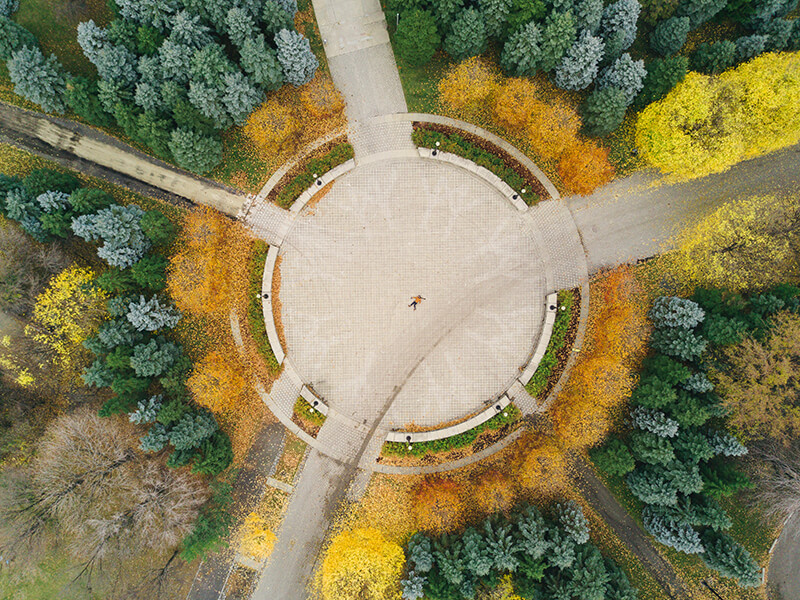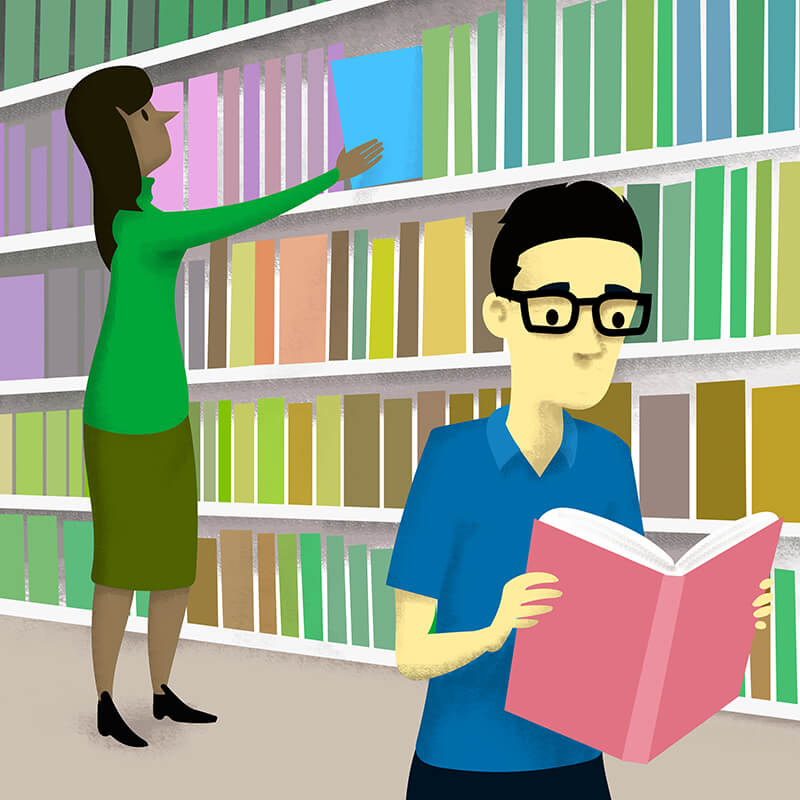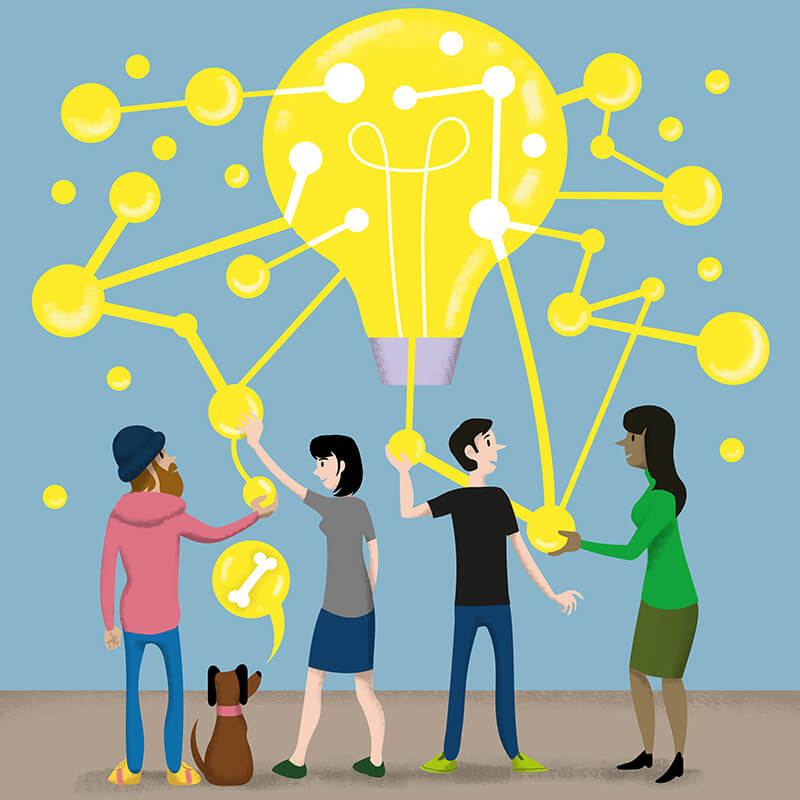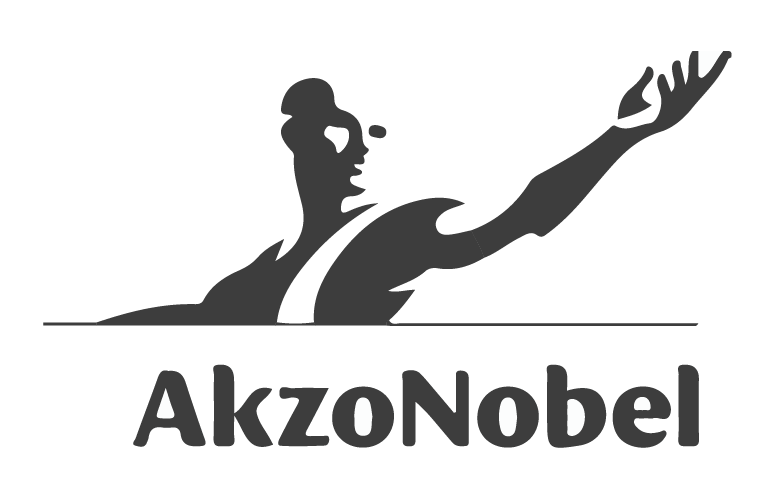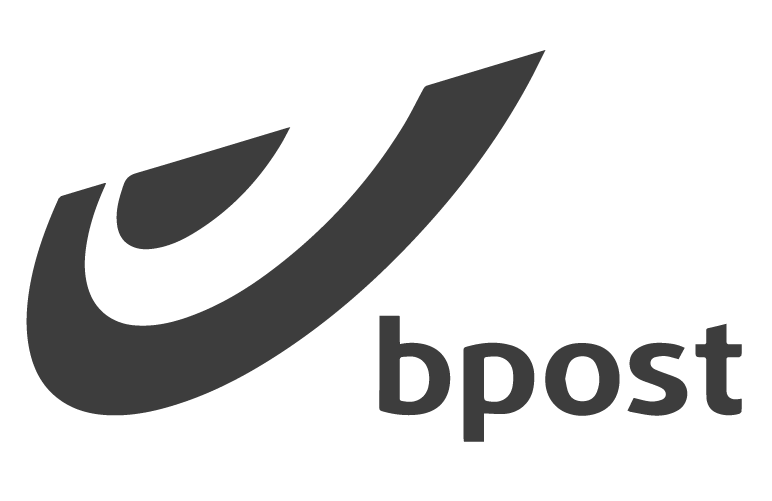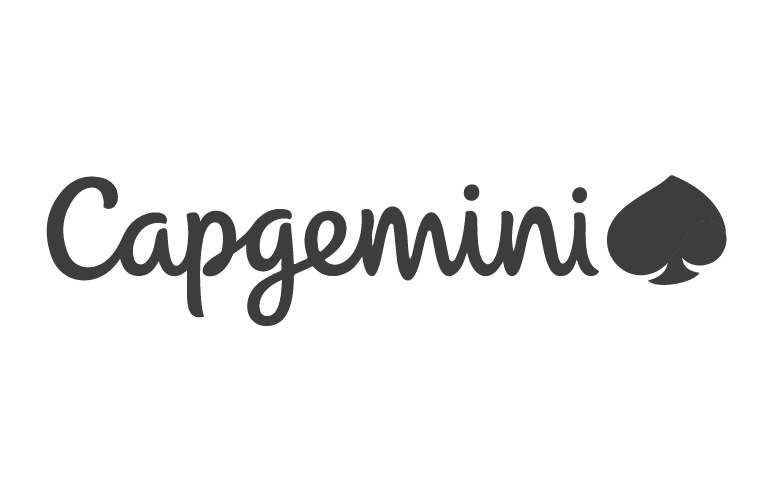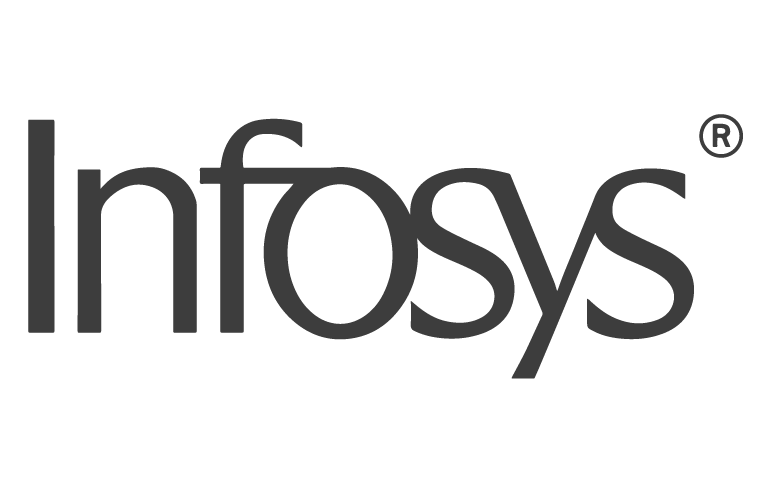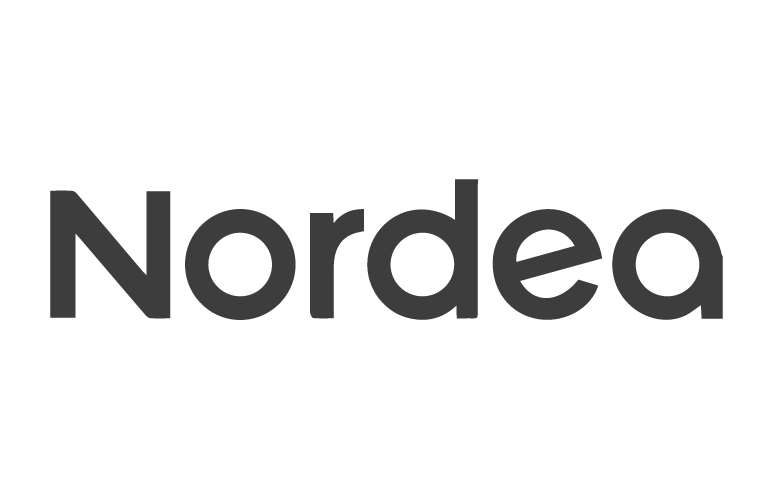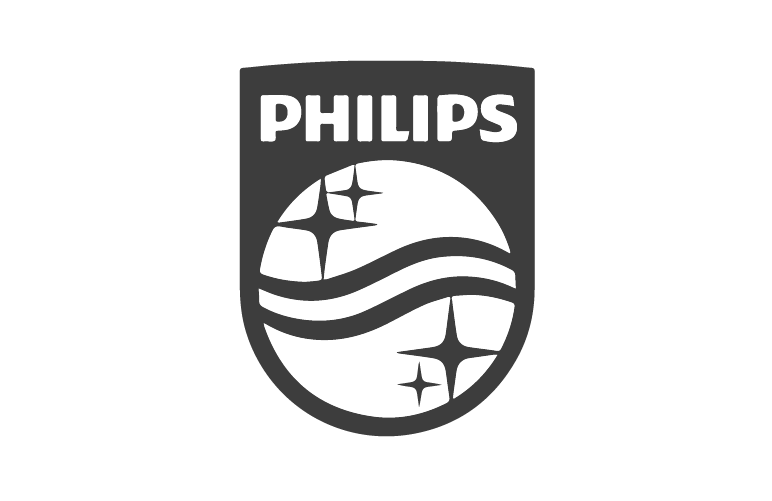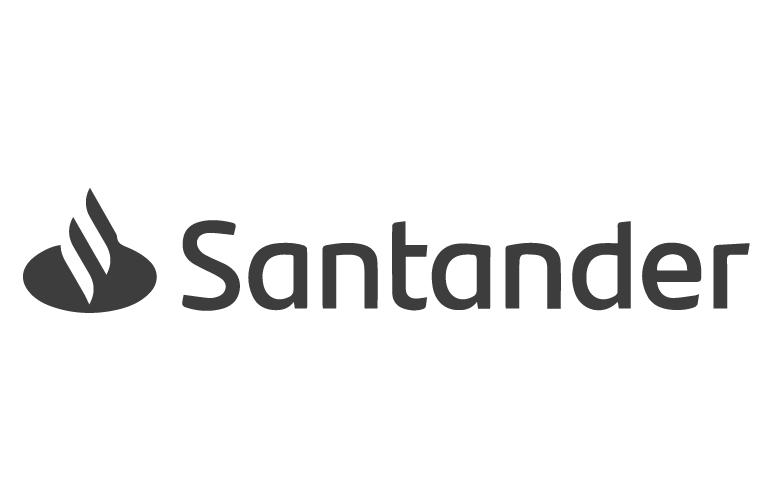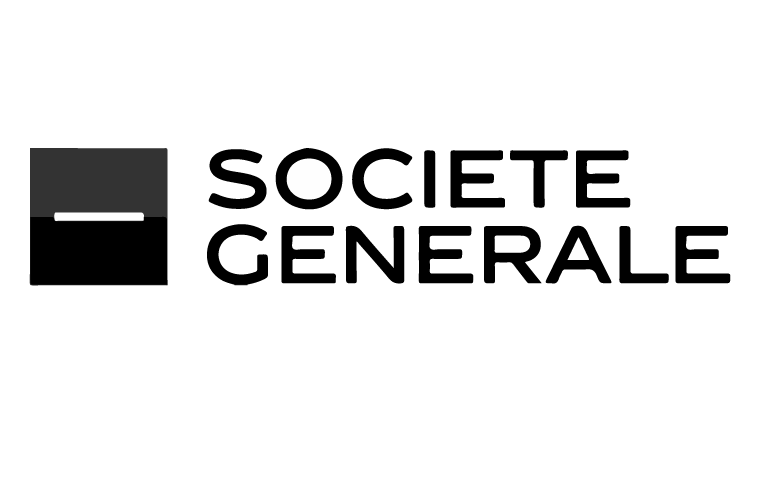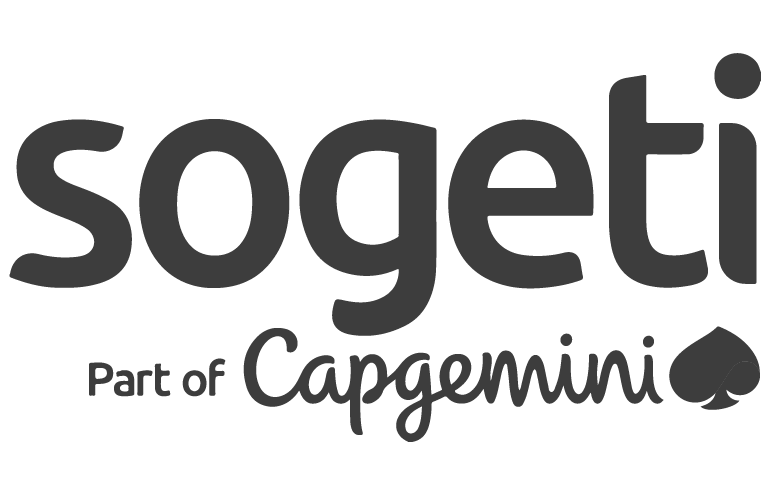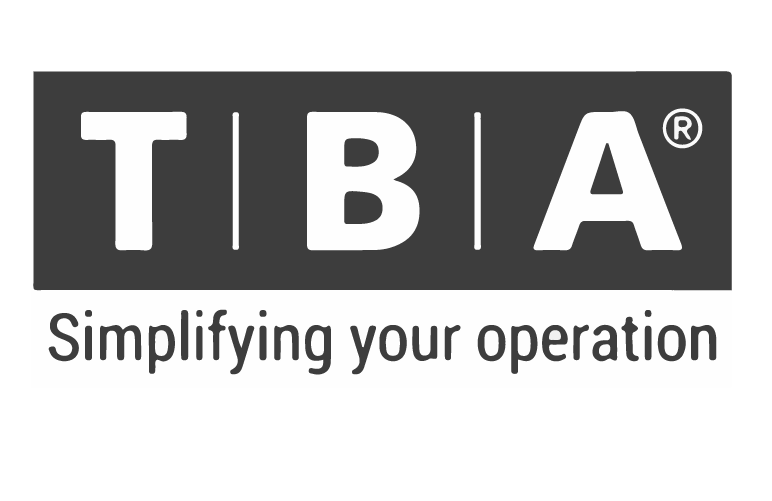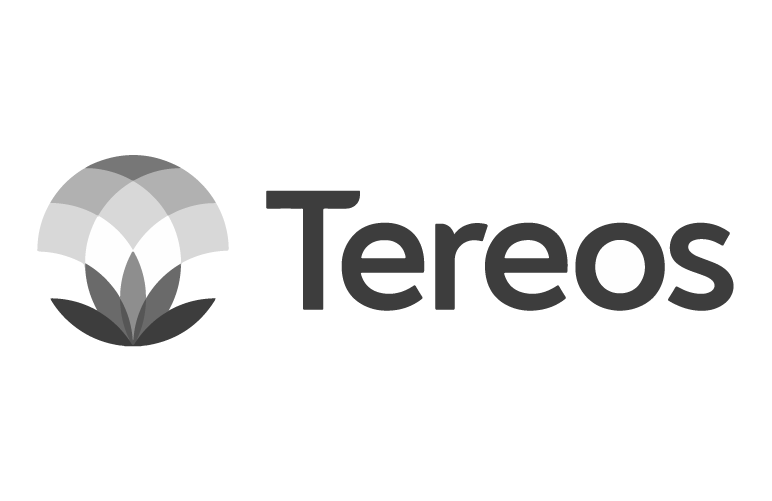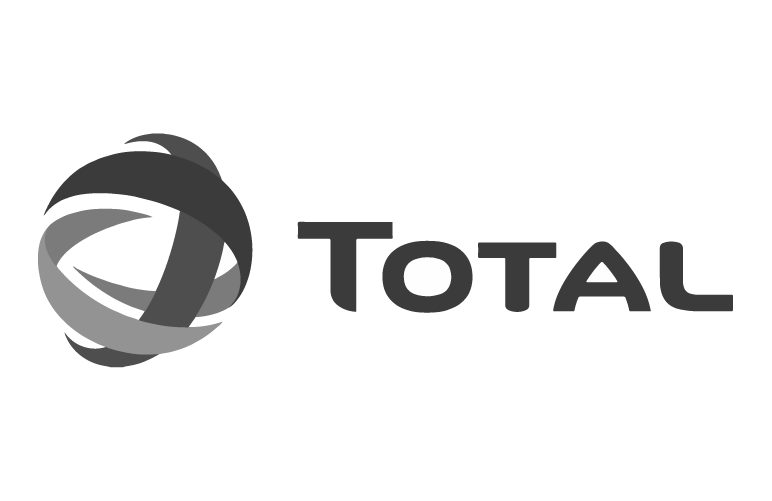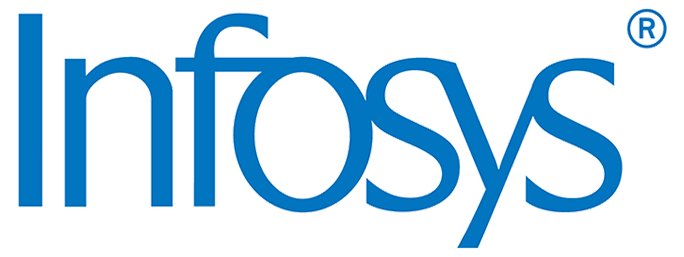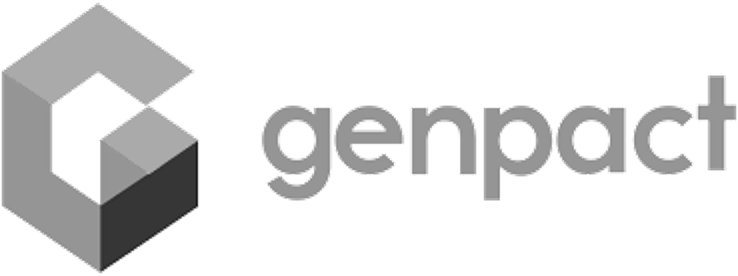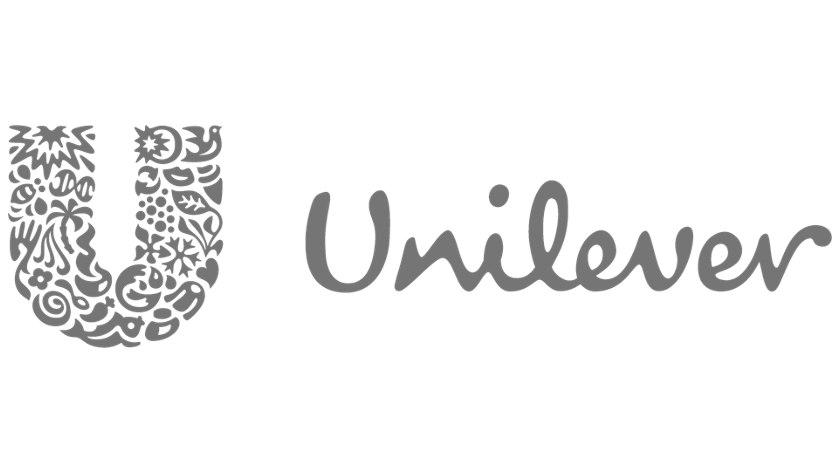Curiosity is one of the permanent and certain characteristics of a vigorous intellect.
– Samuel Johnson
We have set up twyLa to pursue and share our passion for learning. We believe that learning is more impactful and enjoyable when we can instill our learners with a strong desire to know, to change or to become their best selves. Learning agility might be one of the most powerful skills to have to succeed in today’s fast-changing world.
To deliver inspiring and impactful learning experiences, we combine human-centered design, creative learning methods and transformative facilitation. We help our learners to ground the learning into their daily practice.
We help our clients achieve speed to competence through agile design and build cycles. We approach learning as practitioners, applying insights from the worlds of neuroscience, social sciences and business. Along the way we learn what works and what doesn’t.
We remain curious and continue to learn.

